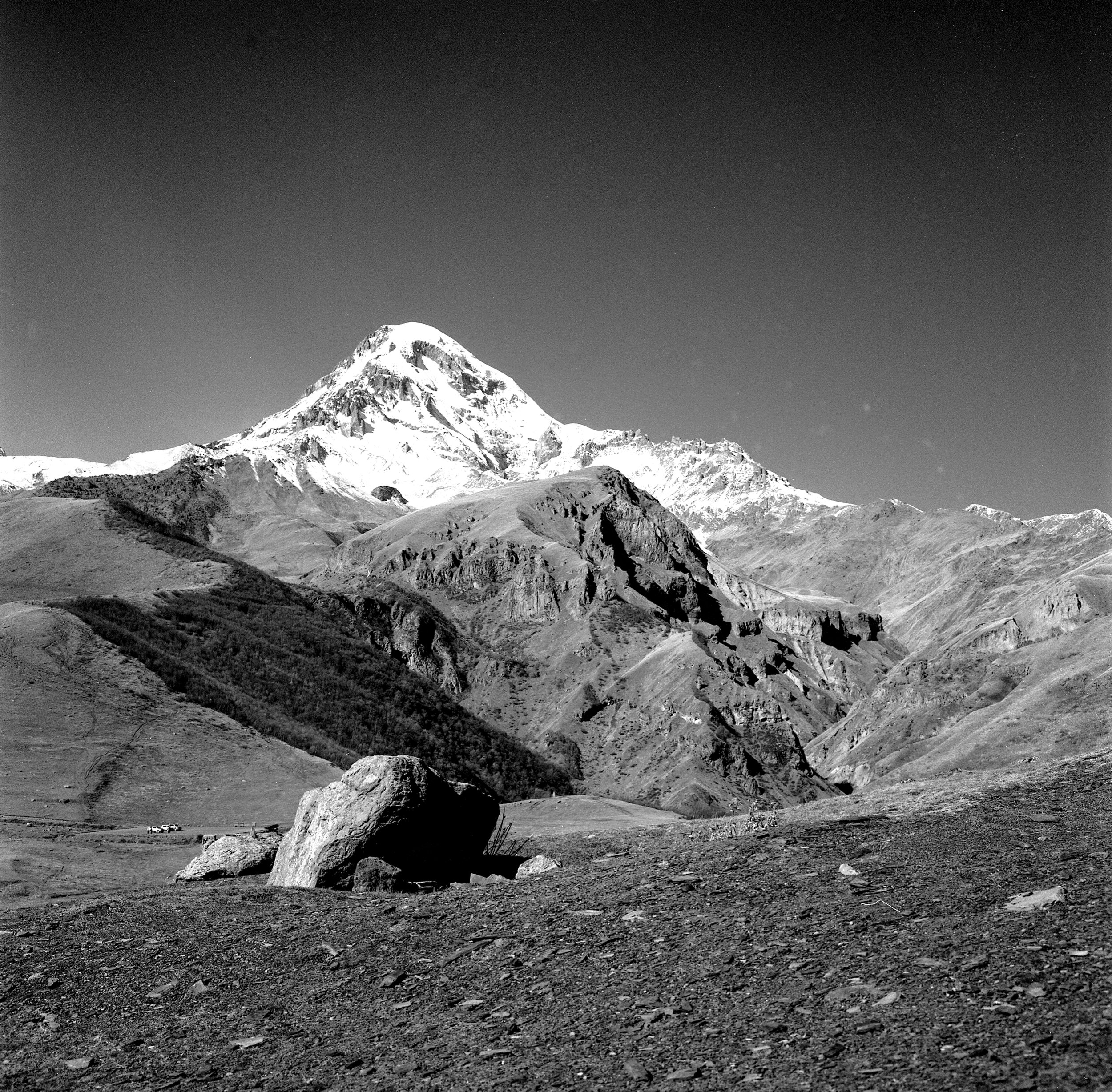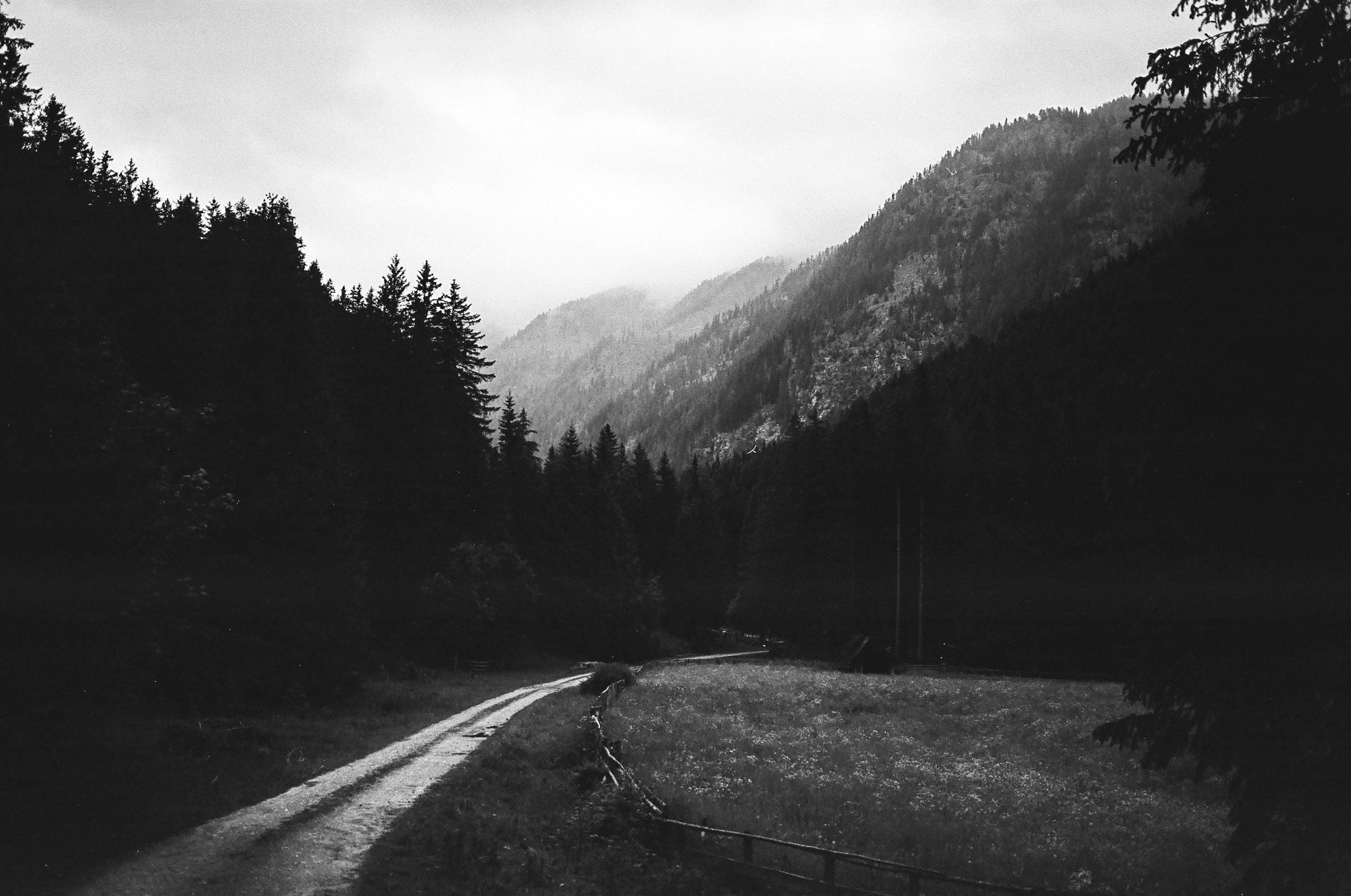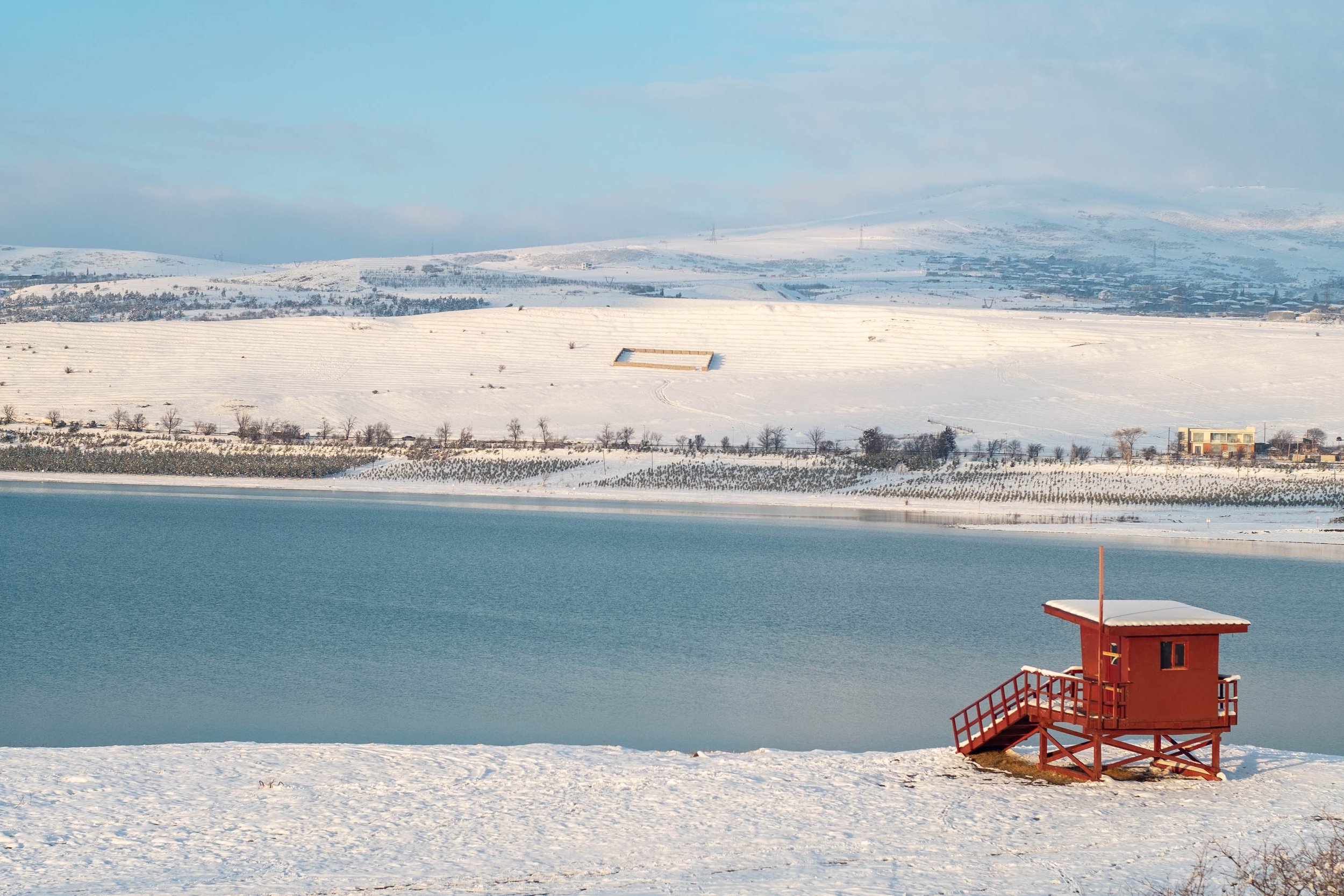

Artist Biography: Adrian Scoffham was born in London April 1978, he grew up in Stevenage, Hertfordshire - the second New Town built in the UK. In his formative years he benefitted greatly from travel to Europe and the regions of the United Kingdom and Ireland - much of what he saw contrasting vividly with the relatively sterile surroundings of his upbringing. As a student he migrated to live in Eastern Germany and Poland in the borderlands making that a major focus of the completion of his studies. His visual style is unmistakably shaped by what some would describe as a “British Aesthetic” despite the fact that he has spent over half his life away from the UK. His approach is very much about showing a scene as the viewer could have witnessed it themselves and would remember it for themselves: which is why he places particular value on accurate colour reproduction and fastidious lens choice that either represent what we see or resembles images from books and magazines that we have seen and remember. Scenes must be taken as found with no alteration - as is the norm in documentary. His chosen residence and the subject of much of the work we find here is Tbilisi, Georgia - a land of contrasts and warmth which still shows traces of Soviet occupation rubbing shoulders with the bourgeois architectural styles favoured by wealthy merchants who commissioned German, Polish and Russian architects to shape the built environment all of which juxtaposes against the nature of the Caucasus Mountains which are far less touched by human hand than comparable ranges in other locations around the world.



















